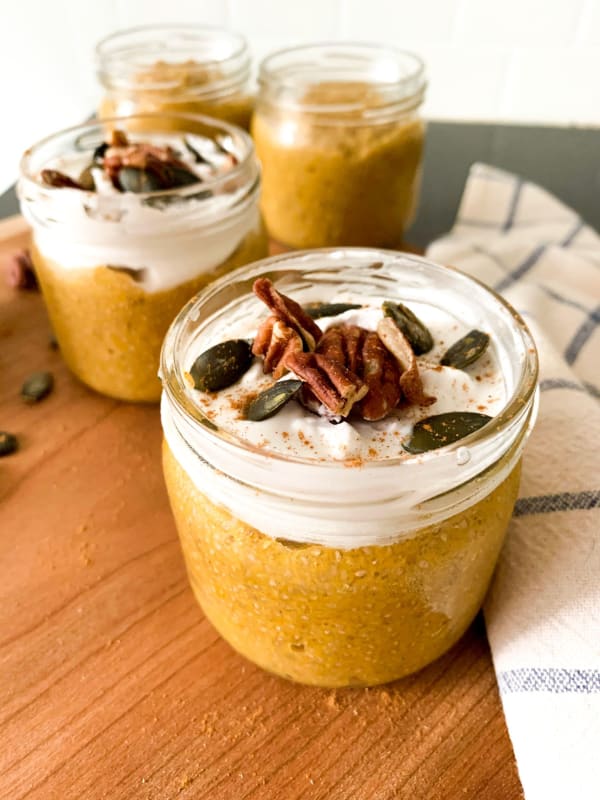Popular Conditions & Diets
How to manage iron deficiency on a plant-based diet

How to manage iron deficiency on a plant-based diet
Optimize iron intake on a plant-based diet with top sources and absorption tips.
Long read
Well-formed plant-based diets can be tremendously beneficial and have been shown to reduce rates of heart disease, type 2 diabetes, obesity, high blood pressure, kidney stones, and cataracts. However, as with any diet, there are possible pitfalls that do warrant mindfulness. And one of those, to be sure, is the possibility of coming up short on iron.
Iron deficiency is one of the most common nutritional deficiencies worldwide, and those of us on plant-based diets are particularly susceptible to it. Ensuring adequate intake is essential since iron is crucial for oxygen transport, energy production, and overall well-being. However, plant-based diets rely solely on non-heme iron, which is less readily absorbed than heme iron from animal sources.
Fortunately, with the right strategies, plant-based eaters can optimize iron intake and absorption to maintain healthy levels entirely on par with omnivores. This guide provides a focused approach to managing iron levels on a plant-based diet, covering the best food sources, absorption-enhancing strategies, and supplementation considerations.

Why Iron is Essential
Iron is critical in forming hemoglobin, the protein in red blood cells responsible for carrying oxygen throughout the body. It also supports immune function, metabolism, cognitive health, hormonal balance, and more. Because the body cannot produce this crucial mineral on its own, it must be obtained through diet or supplements.

Iron Deficiency and Symptoms
Without sufficient iron, the body struggles to produce hemoglobin and healthy blood or oxygenate tissues. This can lead to a variety of symptoms, including:
Step 1: Get an Idea of How Much You Need
Plant-based eaters require more iron due to the lower bioavailability of non-heme iron and are therefore recommended to get 1.8 times more of it than omnivores.
The adjusted recommended daily allowances (RDA) are:
- Men (19+ years): 8 mg/day → 15 mg for plant-based eaters
- Women (19–50 years): 18 mg/day → 32 mg for plant-based eaters
- Women (51+ years): 8 mg/day → 15 mg for plant-based eaters
- Pregnant women: 27 mg/day → 49 mg for plant-based eaters
- Breastfeeding women: 9 mg/day → 16 mg for plant-based eaters
Step 2: Incorporate Some Top Plant-Based Sources of Iron
To meet daily iron needs, you can do better than a little bit of spinach now and then! Focus on a wide variety of nutrient-dense and iron-rich plant foods such as:

Pairing Iron with Vitamin C
Vitamin C may be the single most important and powerful lever at your disposal in boosting non-heme iron absorption, potentially increasing it 600 per cent. Examples of effective pairings include:

Reducing Iron Inhibitors
Certain compounds block iron absorption, and it’s important to be aware of them:

Using Cast-Iron Cookware
A great way to get more iron out of your food is to ditch the Teflon and use traditional cast-iron cookware. A in meals by up to 16.2 per cent. The same study found that this directly translated into a significant increase in hemoglobin in the kids who ate food cooked in iron pots compared to other cookware. The best thing about this little hack is that it applies to all foods- whatever you eat, across the board!
Final Thoughts
An important truth to consider is that many people on plant-based diets are not anemic or iron deficient at all - and you don’t have to be either. A diet built around diverse, colourful plant foods can absolutely provide sufficient iron when approached with knowledge and intention.
By consistently enjoying an abundance of iron-rich foods, pairing them with vitamin C, and maximizing absorption with the techniques outlined above, plant-based eaters can maintain healthy iron levels without relying on animal products at all.
Make no mistake- a well-designed plant-based diet supported by testing and supplementation where appropriate can not only meet and exceed iron needs but also offer a wealth of palpable health benefits, including improved heart health, lower inflammation, and a diverse intake of fibre and antioxidants.
Pawlak, R., Berger, J., & Hines, I. (2016). Iron Status of Vegetarian Adults: A Review of Literature. American journal of lifestyle medicine, 12(6), 486–498. https://doi.org/10.1177/1559827616682933
The most accurate nutrition tracking app. Cronometer. (n.d.). https://cronometer.com/#oracle
Wang, T., Masedunskas, A., Willett, W. C., & Fontana, L. (2023). Vegetarian and vegan diets: benefits and drawbacks. European heart journal, 44(36), 3423–3439. https://doi.org/10.1093/eurheartj/ehad436
Zielinski, D. (2025, March 16). The ultimate guide to raising low iron levels · good recipes. Rily. https://www.rily.co/articles/the-ultimate-guide-to-raising-low-iron-levels-156
Tags:
Vegan
,Vegetarian
,Anemia
